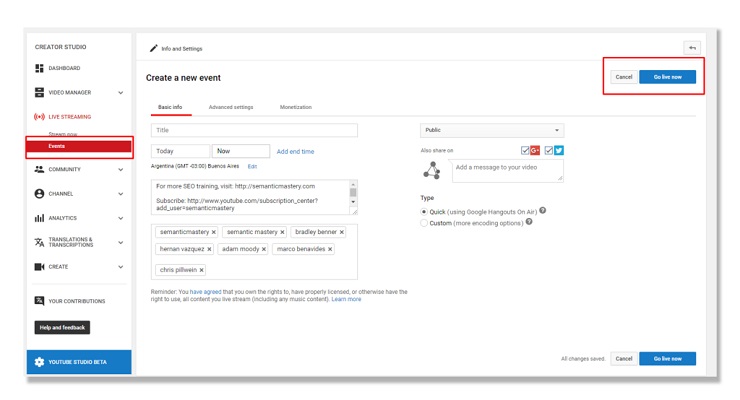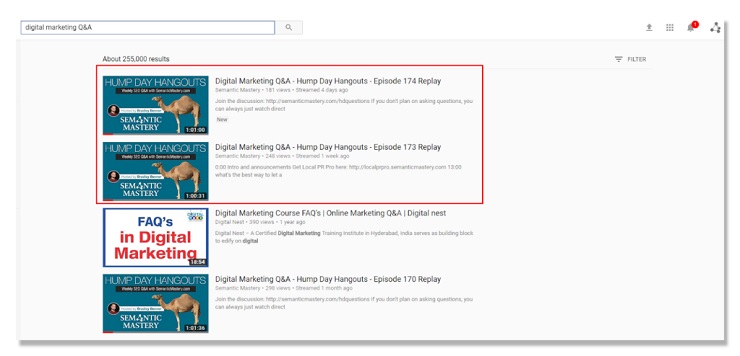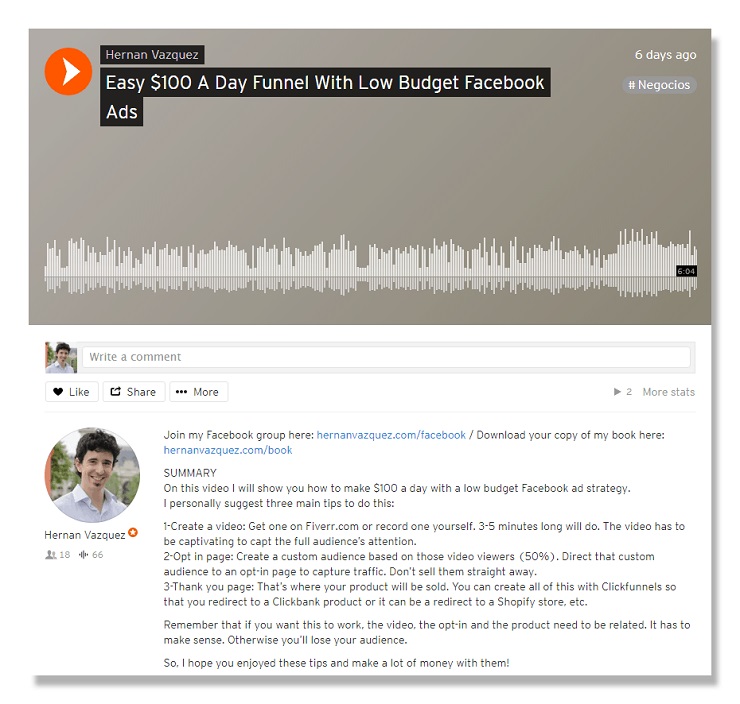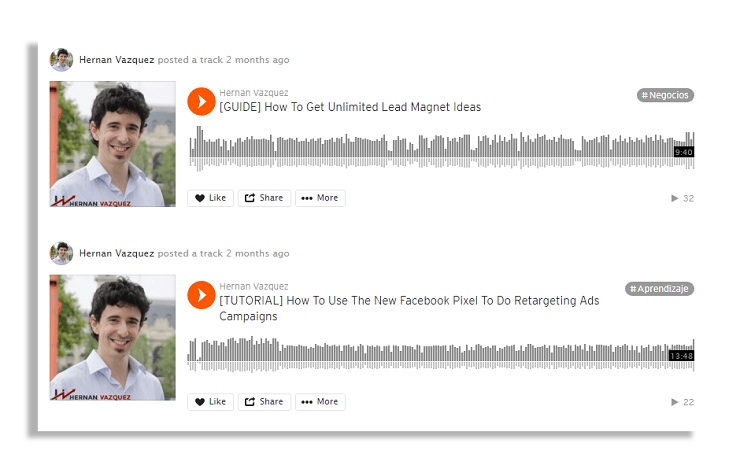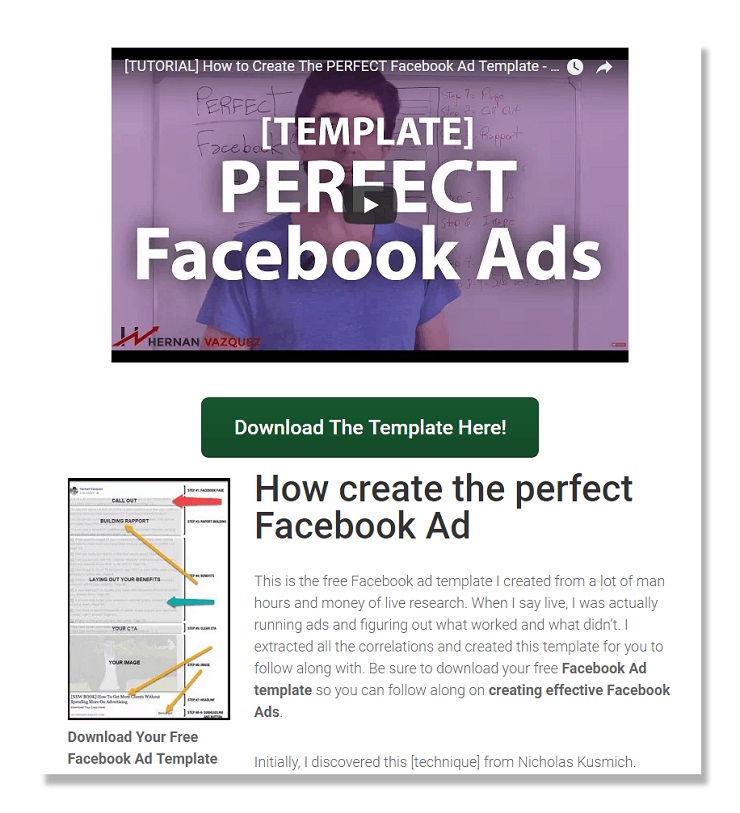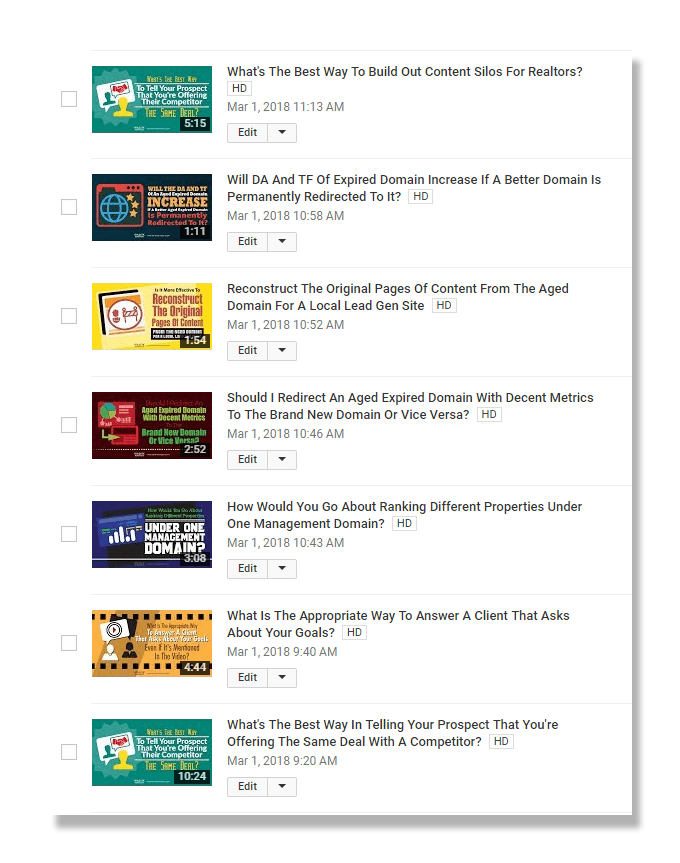You need to create content to get your business out there. I mean, a lot of content. Otherwise, your company, your business, your brand will be lost in the sea of noise that is the internet. Right? Maybe not.
We have been convinced that we need to post to Instagram every day, blog every day, and upload stuff to Twitter and Facebook every day, if not more. Just like the big companies do.
The problem is that the big companies have full-on content teams of several people, and when you’re starting out, you’re usually a one-person band or otherwise have very limited resources. At the same time, the sheer amount of content being produced far surpasses what we can humanly consume.
For example, according to WordPress, more than 77 million blog posts are being published every month.
That’s A LOT of content.
How can you differentiate yourself, stand out, cut through the noise and get the benefits that large corporations enjoy, but on a smaller budget?
This is one of the questions that we asked ourselves at my company three years ago when we were trying to launch our first brand, and we had zero online following. It was daunting, a feeling I’m sure you’re well aware of.
The low-cost marketing strategy that I’m going to share with you today is exactly what we came up with. It’s responsible for 7+ figures in revenue in just 12 months, putting our products and services “on the map” in a relatively short time. Spoiler: It involves live videos, a tactic that’s much easier than you might imagine, and one that has had a massive payoff for us.
The best part? We’re only dedicating one hour every week creating content for our audience. No seriously, just one hour per week! Sure, there’s some setup time, and some administrative follow-up, but this “weekly hour” allows us to share and learn a lot of market insights, position ourselves as authorities in the marketplace, and gather leads daily.
Want to give it a shot? Here is the step-by-step rundown of exactly what we did:
Step 1: Set Up and Shoot Live Videos
Our low-cost marketing strategy revolves around YouTube Live Events and Google Hangouts. Using the power of these free platforms, we go live every week for one full hour, answering SEO and Digital Marketing questions from our audience.
We have been doing this Weekly Live Q&A for the past three years, with amazing results. And we keep doing it because it has become one of our biggest sources of leads and clients, out of our entire marketing strategy.
By tapping into the power of live videos, which will give you a lot more reach and exposure than pre-recorded videos, you’re also leveraging the “live” factor, which people love. You don’t even need to have a lot of followers for this to work. You can start going live today and gain followers as you go. People will eventually find you just by adding some keywords (more on that later).
Creating Your Own Live Videos
I suspect people, maybe even you, are a little scared of creating live videos. That, or maybe you think it’s not a good fit for your business.
I’m here to assure you—you can create live videos like this for your audience, no matter what you’re selling. If you offer any type of product or service that has some level of demand, then you’re solving a need, and people have questions about that need! This is why going live is a perfect opportunity to connect with them, solve these issues and position yourself as an authority.
If you need help figuring out which topics to create videos around, just ask your audience. They will tell you what questions they have and what they would like to talk about. Also, check your customer service emails and the conversations happening around your industry.
Also, the beauty of a Q&A is that you don’t have to do a lot of planning. In fact, we don’t create content at all for these events. We just hop online and answer questions from the audience.
The live events on YouTube and Google Plus will allow people to comment and leave their questions beforehand, and we go for as long as we have questions, but cap it at one hour. People just come to the live event and drop their questions in as the video progresses. But you can also ask your audience beforehand in a Facebook Group or email, and store them up in some sort of Google Form or spreadsheet.
You don’t need fancy equipment or to be great on camera.
If you’re camera shy, don’t worry. Most of our episodes include brief introductions of ourselves (the partners of the company), and the rest is mostly screen shares as we work through the questions. We’re also a group, but one of the partners is definitely the prominent voice. You don’t need to have a team in place, though. I’ve done hour-long live events alone and had a lot of fun too.
If you don’t have any equipment, like a nice camera, lighting, or microphone, that shouldn’t be an impediment either. If you have a smartphone, you have a portable recording and broadcasting studio in your pocket.
Go live.
To go live, create a YouTube channel (if you don’t have one) and start the live video. Introduce yourself and just start answering questions. It’s as simple as that. Here are some instructions from Google on how to set this all up: Introduction to live streaming.
Optimize with keywords.
So once you set up your first live event, you want to optimize the video for keywords related to your niche. This will help you rank higher on YouTube itself and potentially on Google. Add related keywords and a create a keyword-rich description.
People will start finding you as they type their questions in the YouTube search bar, and they’ll discover your brand and your live events as well. This is how you can build traffic over time. You can see our live videos in the top results for the keywords “digital marketing Q & A.” We add these keywords to all of our videos.
Also, don’t worry about getting it perfect the first time. Just make it happen first, figure out how to make it better later.
As your “live show” becomes more popular, you’ll get more and more people watching it. So you can start dropping some small offers for your products, an invitation to download your free guides (if you have them), or just invite them to subscribe to your list. This is how you transform your viewers into actual leads.
Step 2: Automated Sharing
Now that you have decided to go live every week, for at least 30 minutes, and answer your audience’s questions, you want to promote this content as much as possible. And we want to automate this as much as possible, so you can focus on providing great service to your clients.
Over the past three years, we’ve used the power of automated syndication networks to get our live events shared automatically. Not only will your videos get shared automatically on dozens on websites, but you’ll increase the chances of these videos ranking higher on YouTube (this is how people will find you!).
Setting up your first syndication networks is super simple. We’re using a free tool called IFTTT to get our videos shared when we go live, and I’ve explained how to setup your first IFTTT network on this article.
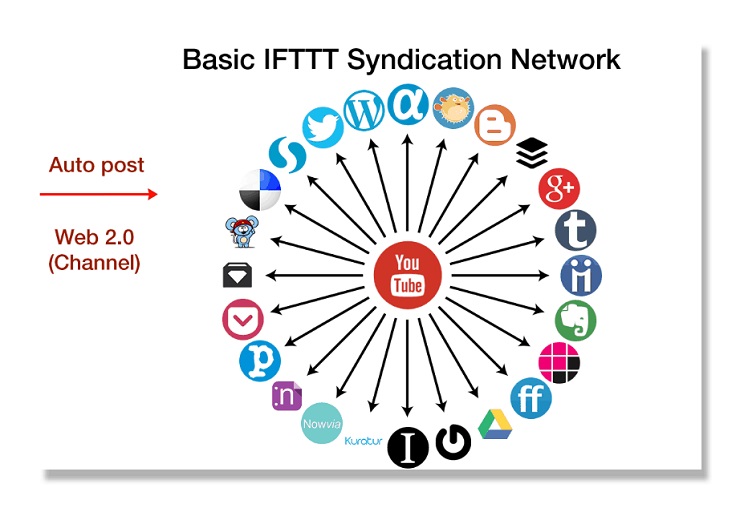
Step 3: Triple Your Content
One of the best features about this startup marketing strategy is not only the authority and positioning that this gives you (remember, you are the person answering the questions), but the amount of content you can repurpose with your “helpful hour.”
For every new episode, we follow up with a three-step process that exponentially increases the amount of content we produce, without us having to do any extra work.
This is what we do:
- We turn the video into a podcast episode.
- We transcribe each episode and post it on our blog.
- We use each question to make a new piece of content.
Create a Podcast
One of the things that we do for every new video is get one of our VAs to rip the audio and upload it to Soundcloud in the form of a podcast. Here is some great info on how to start a podcast on a small budget.
We also add the description from the video to the audio episode in SoundCloud to get additional calls to action.
This was actually our audience’s idea, since most of our followers were saying that they listened to our episodes in their car or while at the gym (go figure).
So we made it easier for them. Instead of having to open a YouTube video to get the audio going, we started uploading the episodes to SoundCloud, increasing our reach without having to create additional content.
Get Your Blog Going
The other step we take is that we transcribe each episode and create a blog post with the episode on top and the transcript at the bottom. We generate roughly 10,000 words worth of content for each 60-minute episode. This is enough content to write a small book every week!
Some people will actually refer to the transcript for further clarification. Not to mention all of the SEO benefits we get on our blog with this sheer amount of content.
Here is a blog post that we created based on the transcript of one of our videos.
Turn 1 Episode into 10
One of the most “advanced,” low-cost marketing strategies that we applied, once we gained enough traction, is to cut the questions that we were being asked into snippets and treat them as additional pieces of content.
Imagine this: We answer anywhere from 7 to 12 questions per episode, depending on how long they are or how deep we want to go into each one.
Then, our VAs will timestamp each episode, and they’ll cut each episode into pieces and create additional content for our YouTube channel and blog.
Here’s an example:
We have calls to action on each question, asking people to subscribe and download our free stuff, to capture them in our list and generally bring them into our ecosystem. These are also super specific questions that will rank on YouTube and Google most of the time.
Startup Marketing Bonus Benefits
There are two more advantages to shooting live YouTube videos:
1. You don’t need to come up with content ideas.
Anyone who does content marketing is well aware that this is a big deal. The whole point of this format is that you answer questions from the audience, so you don’t need to rack your brain for topics, themes, and titles for your articles or videos. They’ll come to you.
2. You are collecting valuable data about your marketplace.
Most entrepreneurs don’t realize the importance of talking to their customers on a daily basis. Then, they launch a product and don’t understand why nobody buys it.
By applying this low-cost marketing strategy, you’re tapping into the questions, doubts, fears, and insecurities of your audience, without doing a lot of heavy lifting. And some questions will show up over and over again. This provides a golden opportunity for you to launch additional products and services, based on what your marketplace wants.
This is information that not even your competitors have! So make good use of it.
What live video creators do you think are doing a terrific job? Any questions or problems you’ve had with live video? I’ll do my best to answer them in the comments.

